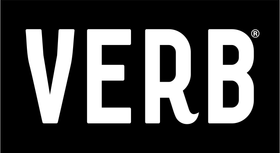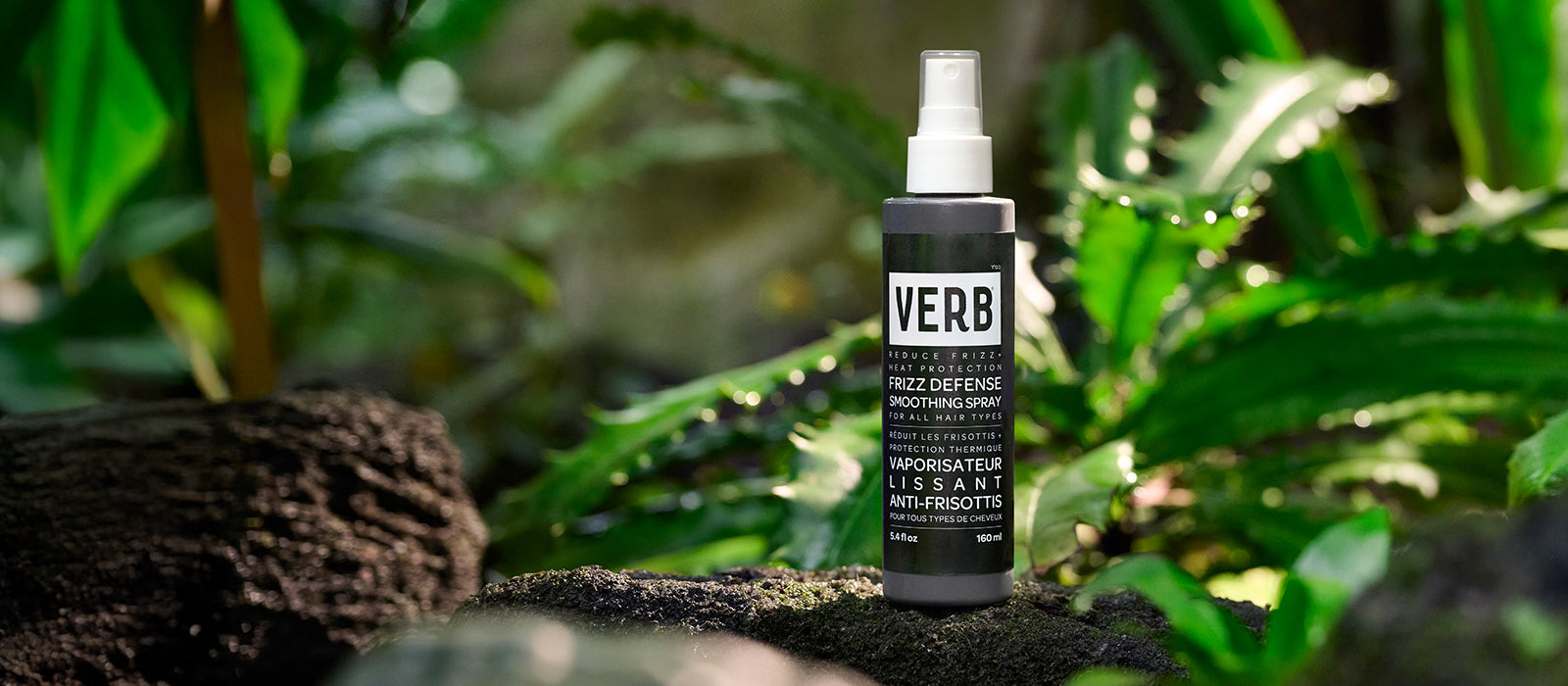Do you want strong, healthy hair? There are plenty of ways you can get there, but let’s start with understanding what makes hair strong in the first place. We’re talking about hair bonds.
What are hair bonds?
Each individual strand of hair on your head is composed of chemical bonds made up of the protein keratin. There are three types of bonds that make up your hair: hydrogen, ionic and disulfide. They are responsible for the shape, elasticity and strength of your hair.
What are hydrogen bonds?
Hydrogen bonds are temporary and can be “reset” by water. This type of bond contributes to hair’s elasticity and is what makes styling and changing your hair shape possible with heated styling tools.
What are ionic bonds?
Ionic bonds in hair strands are temporary bonds created between the positive and negative ends of amino acid chains. This type of bond can be damaged by a sudden imbalance in pH levels, which can happen simply by using products unsuitable for your hair. (Don’t worry, you can rebuild them!)
What are disulfide bonds?
Disulfide bonds dictate the shape, stability, and texture of the hair while also protecting it from external damage. They exist in the cortex, or the middle layer of your hair, and are so strong that the only way to change them is with chemical treatments like perms or relaxers.
Does curly hair have more disulfide bonds?
In a word, yes. While your hair texture is primarily determined by your genetics. The more disulfide bonds you have the curlier your hair will be. On the flip side, damaged or broken disulfide bonds contribute to issues like frizz or static, brittle texture and split ends.
How are disulfide bonds broken?
Though they are the strongest of the hair bonds, disulfide bonds are still susceptible to breakage through everyday occurrences.
Chlorine
Swimming in chlorinated water damages the disulfide bonds in hair because of chlorine’s reaction to the hair’s protein. Due to its oxidizing properties, chlorine can weaken and break disulfide bonds, leaving hair brittle and dull.
Hair coloring
Hair coloring products use chemicals that penetrate the cortex of the hair. The interaction between the dye and existing disulfide bonds in the hair cortex can be weakened during this process. This is necessary in order to create a desired color but can lead to breakage and damage.
Bleaching
The primary agent used in bleaching– hydrogen peroxide, is an oxidizing agent. While hair bleaching works to remove the natural pigment present in the hair, the oxidation process weakens the disulfide bonds and disrupts the protein structure of the hair as well.
How to repair disulfide bonds
Now that we know what these hair bonds are made of and how they are broken, we can look at prevention. Here are some ways you can avoid breakage and repair the quality of your hair:
Minimize damaging factors
One of the best ways to minimize hair damage is to avoid the things that affect the quality of your strands. For example, blondes who need regular bleaching to maintain their color might want to consider spacing out salon appointments. You can also use purple conditioners and hair masks between coloring sessions to keep hair healthy. The same goes for those who regularly color-treat their hair. Give yourself plenty of time between salon visits and use conditioning products to keep your hair healthy and strong.
Use a repairing treatment
You can also ensure the health and strength of your hair by using repairing treatments. Hair bonding treatments come in a variety of forms like shampoos, conditioners, masks, sprays and serums. They’re designed to repair and strengthen hair by using specialized formulas that help rebuild and fortify the protein bonds within the hair shaft. They reduce damage and enhance overall hair health and appearance.
Revitalize your hair with bonding treatments
Our new bonding collection features a bonding shampoo and hair mask to relink broken disulfide bonds in your hair and temporarily seal split ends by 82%. At one simple price and powerfully effective, our bonding shampoo and mask contain marine botanicals and mafura butter, along with our amino-bond complex that helps to relink broken disulfide bonds. Manketti seed oil, which is high in Vitamin E, is known to add moisture and protection to your hair.
Using our bonding shampoo and mask can increase hair strength by 61% after one use and temporarily repair split ends by 82%*. Relink your broken bonds and enjoy healthier, stronger, shinier hair with Verb.
*proven results in a third-party testing lab when using bonding shampoo + mask together










